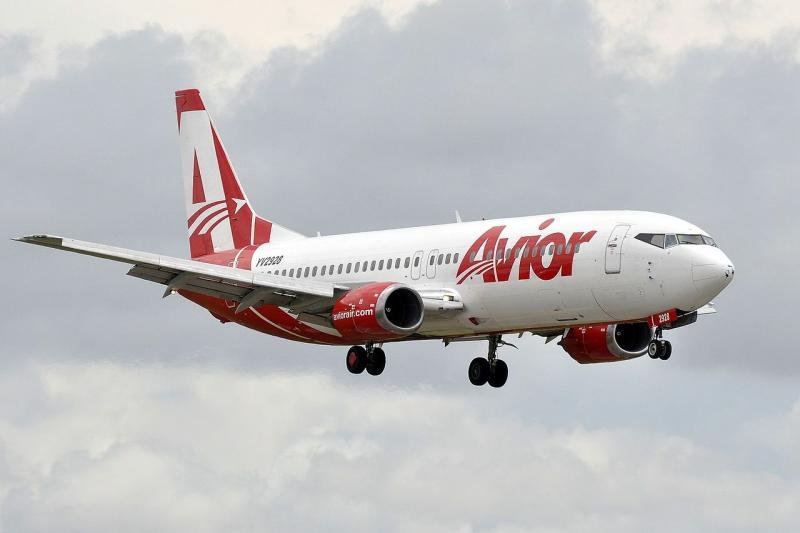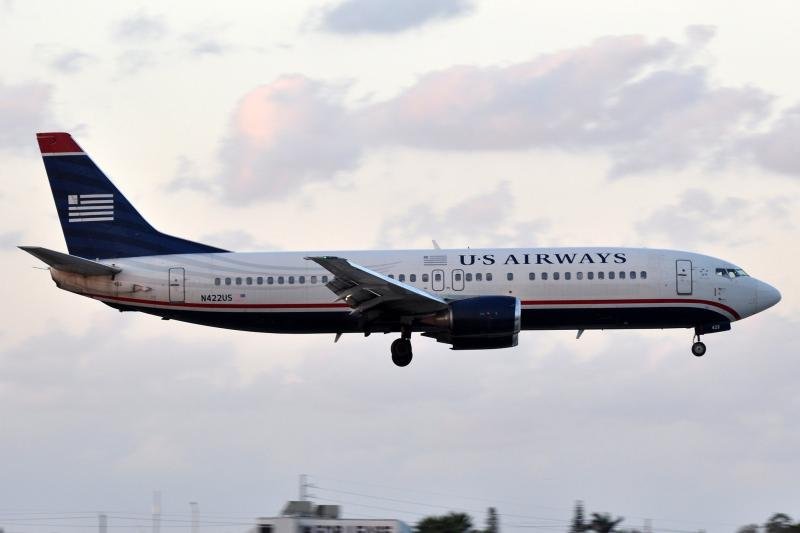While all oxygen masks deployed, two rows of passengers damaged the devices and had to be moved to different seats during the emergency
An Avior Airlines Boeing 737 experienced a sudden depressurisation after loose material in the tail of the aircraft blocked outflow valves, an investigation by Peru’s Ministry of Transport and Communications has found.

The jet – which was flying Flight 1521 between Lima/Jorge Chávez and Caracas/Simón Bolívar – suffered a loss of cabin pressure while en route at 33,000ft. In coordination with air traffic control, an emergency descent was initiated to 19,000ft, which was the minimum safe altitude over the Andes mountains.
Shortly thereafter, a further descent to 11,000ft was completed. Owing to problems with the oxygen masks, the flight subsequently diverted to the nearest airport in Tarapoto, Peru, where a child was given medical attention.
The 737-400, YV3011 (c/n 23989), is an ex-Piedmont Airlines and US Airways example, which was delivered to the former carrier in May 1989. Avior accepted the CFM56-powered jet on April 9, 2014.

According to the report, passengers seated in rows 21 and 23 “did not complete the sequence of activating the dropped masks” and damaged them in the process, so were moved to other empty places.
The blockage of the outflow and two safety relief valves was caused by the detachment of insulation covers (isolation blanket) installed in the internal walls of the tail section of the 737.
Frequent anti-drug inspections were carried out on the aircraft which included the rear part of the narrowbody.
According to the report, the airline had no procedures in place to allow for police officers to inspect the tail compartment of the twinjet and that it was likely these checks which cause the detachment of the material.
The isolation blanket needs to be replaced and reinstalled correctly once removed for inspection.
Investigators issued eight safety recommendations to the operator which included the implementation of procedures for drug inspections that involve sufficiently qualified technical personnel, the required tools, and the provision of replacement material for worn sections.

